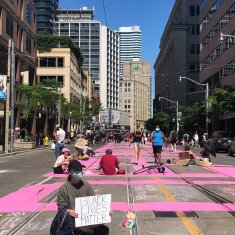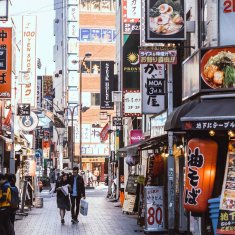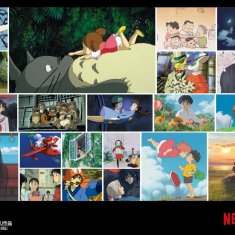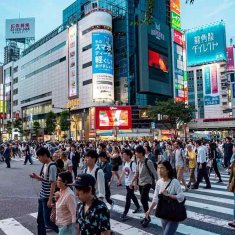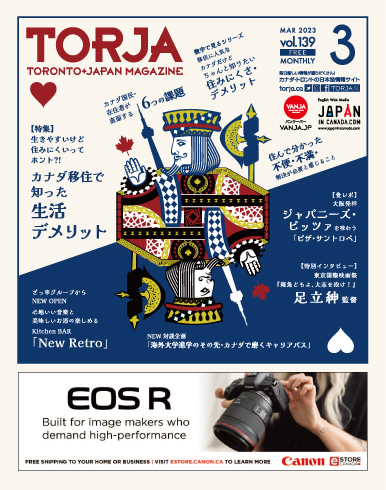I bought a men’s skirt (to wear to work). I work as a lecturer at an art college in Canada. In Tokyo this May, I came across, outside the Omotesando station, a man in a black and white Yohji Yamamoto Print Long Shirt; on his chest, Yamamoto’s face was printed in black and white (Yohji’s face, on the shirt, was not wearing his signature bucket hat but the man himself was—postmodern self-awareness?). He also wore a skirt. It was drapey and black; under the setting sun, the skirt looked at once quiet and powerful.
“Yo, check out that dude. He’s so well dressed,” you whispered. I’ve already been staring at “that dude” for a while but didn’t tell you that.
“I’m going to get myself a skirt tomorrow.” I said. “You think I can pull it off?” You looked at me, sized me up from head to toe, before turning your head to find the man to compare. He was nowhere to be seen—mysterious.
“Maybe,” you say, with no emotion in particular. I was nonetheless excited to buy myself a skirt.
If I didn’t work in the West, I don’t think my urge to buy a men’s skirt would be this strong. “Essentials Every Man Should Have” and “How to wear a white t-shirt”, are probably articles you’ve seen multiple times on the fashion column on the Globe or Star. I did a quick google search and found a Globe and Mail article teaching how men how to “update your men’s wear game for summer”, which included “freeing the ankles” (wearing low-cut socks) when wearing a suit, making a great difference to the look as a whole, very transformative in pushing men’s fashion forward.
These articles also tell you to buy skinny jeans, tight t-shirts and suits. You go to H&M and see David Beckham and Kevin Heart, both looking jacked and wearing what looks like the dictionary definition of “clothes,” promoting the H&M “essentials”. That being said, I am not way against wearing essentials, especially in Toronto, where it’s cold as fuck most of the time, I am most of the time, not motivated to try when going out. That being said, “essentials” isn’t and shouldn’t be the only acceptable appearance for men. I am Chinese, grew up in Hong Kong and, when I was a child loved martial arts novels and films, how the men had long hair with buns and carried fans, how their outfits with were, other than the colour pallets used, aren’t that much different from that of female characters, both drapey and made of silk. There is no difference between the outfits of a female Shaolin monk and that of a male. Kimonos for men can also be seen, from a Western point of view, androgynous.
However, that being said, fashion in the West still has with it, in recent years, outfits that challenge the gender norms of how men should look. Virgil Abloh, earlier this year created for Louis Vuitton, a luxury men’s harness—worn by male celebrities like Michael B. Jordan, Chadwick Boseman and Timothée Chalame on top of their tuxedos on red carpets. Harry Styles and Ezra Miller have both been bending gender norms in fashion with their gender-bending ensembles at the Met Gala. Young Thug, for the cover of his 2019 album, JEFFERY, wore a light blue full dress. Jayden Smith, back in 2016, wore a skirt by LV for a shoot. And of course, Billy Porter’s tuxedo dress at the 2019 Oscars.
Michael B. Jordan on his #SAGAwards Louis Vuitton harness: “Why not? It was just like f— it. I’m going to do it" https://t.co/f5NorWfCJW pic.twitter.com/cAR7merH4N
— Variety (@Variety) January 28, 2019
JEFFERY ALBUM COVER @youngthug Cover by @WhoIsGLP pic.twitter.com/XWzABEDbbG
— #CØŁEMØÜFDÖG 🍣 (@vince_barter) August 26, 2016
Fashion designers have been toying with the idea of men’s skirts/dresses for at least the last century i.e. Rei Kawakubo, Rick Owens, Issey Miyake, Martin Margiela, Vivienne Westwood, etc.
The next day I went to Studious, a fashion boutique in a small street of Harajuku and bought a men’s skirt by Y’s, a label under Yohji Yamamoto and wore it for the first time, with a black t-shirt and blazer to, a play at the Soulpepper Theatre. I liked the look, was getting quite a bit of attention— people would stare at my skirt when walking pass, which I expected.




